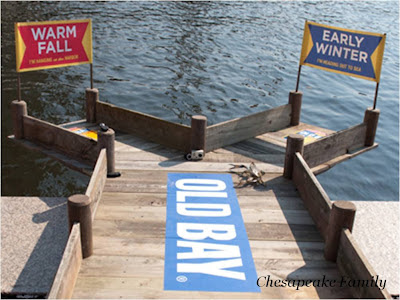Movie. Magic.
Our weather crab, Baltimore Bill, predicted that this winter will be an early one (as opposed to having a warm fall).
Baltimore Bill makes his 2012 prediction
So, is Bill right? This year we're shifting from La Niña to El Niño. What does that mean? At the equator it means that weather will shift from unusually cool temperatures to unusually warm temperatures. What about for the east coast? An El Niño winter is a wet one, or one having a high amount of precipitation. If it's a "weak" year, that'll mean low temperatures and A LOT of snow. If it's a "strong" El Niño year, it'll be warm with a few winter storms. Hopefully, for these kiddos, it'll be a weak El Niño bringing lots of snow days, and not one as fearsome as Chris Farley!














